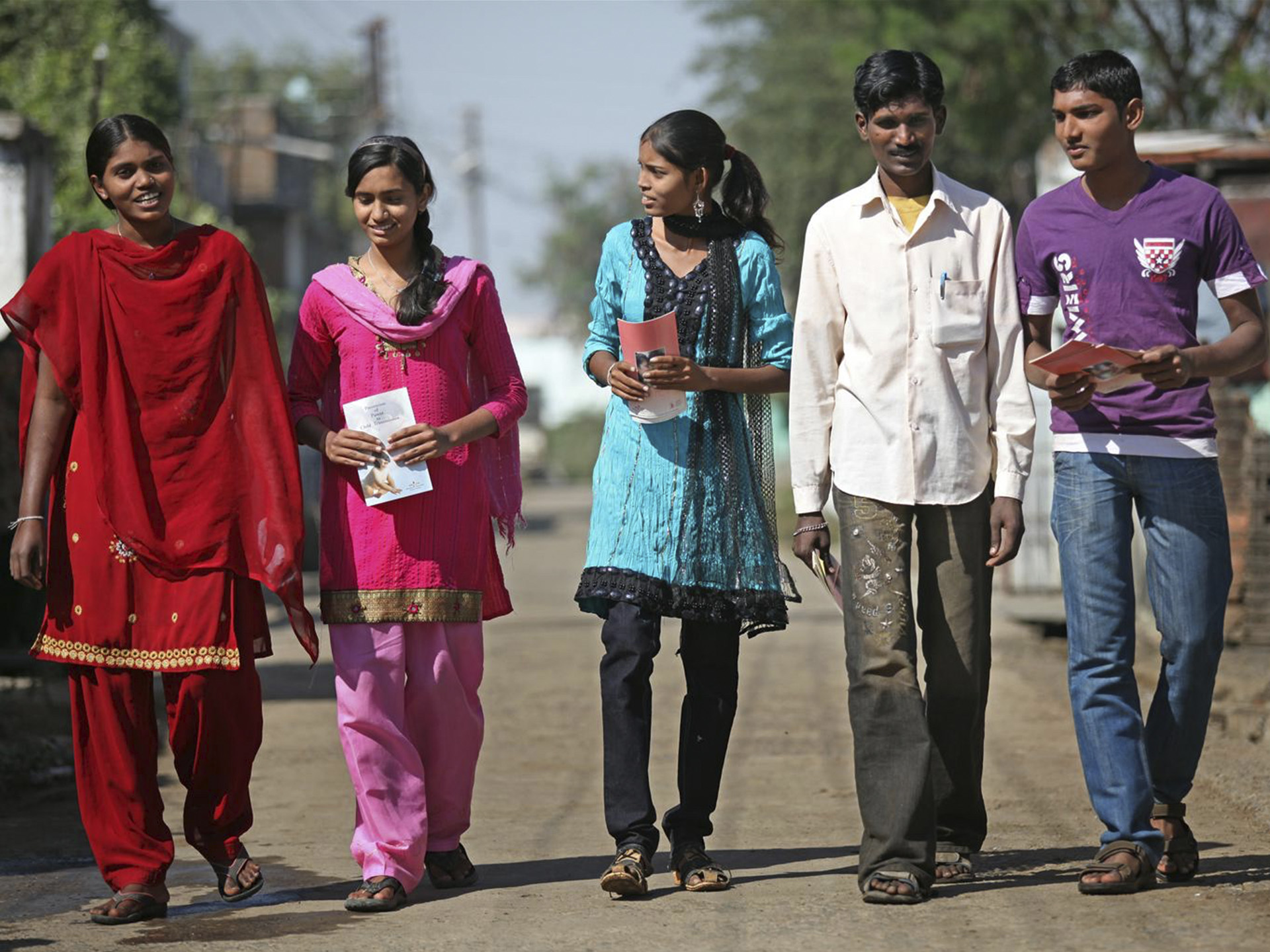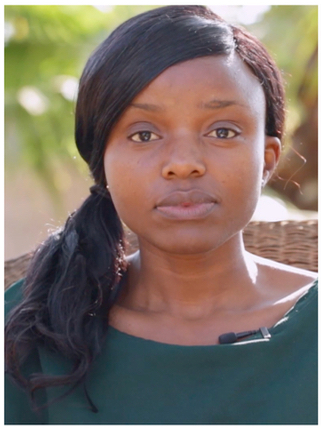
SRGBV is defined as the physical, sexual or psychological violence that children or young people experience in or around school. This includes corporal punishment, discrimination, bullying, sexual harassment, and rape. This violence is a result of gender norms and stereotypes, reinforced by unequal gender dynamics. Gender norms determine what society considers normal behaviour for men and women.
I have used my voice to advocate for those who can’t. Now it’s your turn! What are you doing to address SRGBV? How can young people demand safe schools?
Young people must stand up and be recognised as change-makers. We must raise our voices against SRGBV and demand safe learning environments for our peers around the world.
Let’s talk about these gender norms

SRGBV is often said to be rooted in social and gender norms. Now is the time for young people to become aware of the gender norms in their communities. This is the first step towards addressing the problem.
In India, we are living in a society which restricts women’s agency, choices and decisions. We need to challenge this.
We live in a patriarchal society. If we step out of the family and look at communities and political structures, we see that the decision making power often lies with men. This leads to the assumption that women and girls are of lesser value, which impacts people’s world views and behaviours. These regressive social norms take the shape of customs and traditions carried out in families, for example sons may be sent to school whilst daughters are kept at home to do housework.
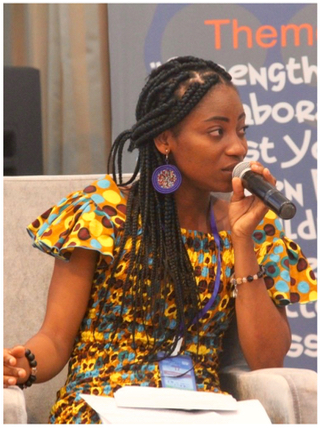
How can we take action to ensure that every girl is empowered to speak up, and hold themselves and others accountable for making schools safe spaces?
1. Know — We must know what SRGBV is so we can identify it when it happens, and stand up to it.
2. Focus on girls — We need to ensure that girls at risk of violence, or experiencing violence, are at the centre of the solutions put forward. They must be able to access information, report without risk, and have a safe space to talk about SRGBV. We must train students, staff, and teachers about SRGBV and how to tackle it. We must also sensitise communities about gender norms and the harmful consequences.
We need to remove the attitudes of discrimination and abuse that perpetuates violence against girls. And if you want to do that, we need to focus on the systems.
3. Focus on men and boys — The silence surrounding men and boys who have been abused is deeply destructive. Human rights are human rights. They are also vulnerable to SRGBV and we need to put measures in place to prevent this.
4. Focus on teachers and school staff — They are the first point of contact for students. Therefore they need training on supporting children going through SRGBV, and must be held accountable if they perpetuate SRGBV through gender-based norms, or through a lack of reporting.
5. System — We need gender-responsive education sector planning. It is the government’s responsibility to ensure that this is rolled out in all schools, and implemented effectively.
6. YOU and me — We must act as if ending SRGBV depends on us. And perhaps it does! We need to support each other, and stand up against SRGBV together. We must make our voices heard.
Education is a basic right. Safety is also a right. We need to ensure that the system that is supposed to protect us, does protect us.

Schools need to be places where young people are free to be themselves; spaces where we can learn, grow and fulfil our potential. For so many in the LGBTQ+ community, there is no focus on ensuring we are safe in those spaces. Instead, we are subjected to SRGBV, which makes our lives intolerable.
A large proportion of LGBTQ+ young people at school feel unsafe because of social and gender norms.
That’s why support groups are so important for young people. Yes we’re at school to learn, but it’s really important we know we’re safe there. Young people have a responsibility to each other, as do our teachers. We want to be seen as valid, worthy and equal beings. Everyone deserves dignity.
Creating violence free spaces for children with disabilities
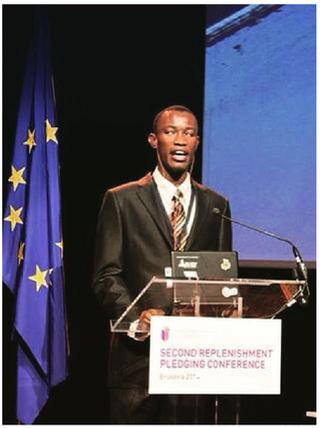
SRGBV is a major barrier for children with disabilities, keeping millions across the world out of school.
Children, and particularly girls, with disabilities are especially vulnerable to SRGBV. This means we should put an even greater emphasis on ensuring they are safe. The first step is to make sure there are mechanisms in place for the prevention and redressal of complaints about SRGBV.
All countries need appropriate laws to address SRGBV. Education sector plans should be gender-responsive, and schools should provide comprehensive training on sexual and reproductive health rights, as well as the various forms of violence. Reporting of SRGBV should be encouraged in schools, at home, and with the police.
Governments must form strong partnerships with civil society and research institutions in order to determine the best ways to address SRGBV.
Building your youth-led advocacy movement: three lessons from Safe Kicks Initiative
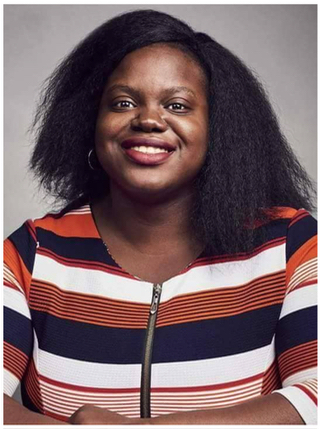
What does it take to make real and lasting change through advocacy work? Three pieces of advice:
1.Set clear advocacy goals
2. Adopt a community approach and get everyone involved, including young people
3. Keep building the momentum
Building intergenerational and multi-stakeholder partnerships is really, really important.
Advocacy is about resilience, it’s about sustaining our efforts, and building successes upon successes. It’s okay to celebrate little waves of change, whilst looking back to see if we can do better. We must “press forward for progress!”
